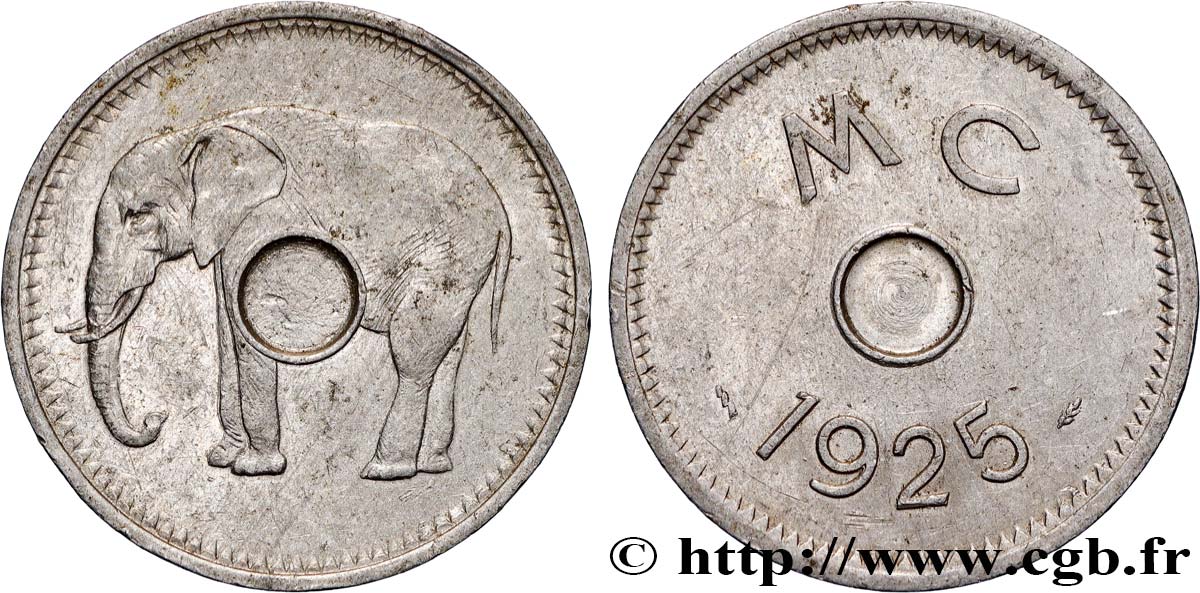Live auction - fco_891708 - FRENCH CONGO 1 Jeton éléphant MC (Moyen Congo) non percée 1925
You must signin and be an approved bidder to bid, LOGIN TO BID. Accounts are subject to approval and the approval process takes place within 48 hours. Do not wait until the day a sale closes to register. Clicking on "BID" constitutes acceptance of the terms of use of cgb.fr private live auctions.
Bids must be placed in whole Euro amounts only. The sale will start closing at the time stated on the item description; any bids received at the site after the closing time will not be executed. Transmission times may vary and bids could be rejected if you wait until the last second. For further information check the Live auction FAQ
All winning bids are subject to a 18% buyer’s fee.
All winning bids are subject to a 18% buyer’s fee.
| Estimate : | 500 € |
| Price : | 920 € |
| Maximum bid : | 920 € |
| End of the sale : | 05 March 2024 19:23:47 |
| bidders : | 9 bidders |
Type : 1 Jeton éléphant MC (Moyen Congo) non percée
Date: 1925
Quantity minted : -
Metal : aluminium
Diameter : 30,25 mm
Orientation dies : 12 h.
Weight : 3,07 g.
Edge : lisse
Coments on the condition:
Monnaie dont le centre n’a pas été percé
Catalogue references :
Obverse
Obverse description : Éléphant.
Reverse
Reverse legend : MC // 1925.
Reverse description : dans le champ.
Commentary
En 1906, le Congo Français regroupe le Gabon et le Moyen-Congo) avec pour capitale Libreville.
A partir de 1906, le Congo français est divisé en deux :
- Gabon avec pour capitale Libreville
- Moyen-Congo avec pour capitale Brazzaville.
Selon Jean Lecompte, ces jetons furent expédiés pour une tentative de monnayage chez les indigènes. Ils furent utilisés comme contremarque pour le paiement des impôts, puis pour des valeurs variables selon l’animal représenté.
A partir de 1906, le Congo français est divisé en deux :
- Gabon avec pour capitale Libreville
- Moyen-Congo avec pour capitale Brazzaville.
Selon Jean Lecompte, ces jetons furent expédiés pour une tentative de monnayage chez les indigènes. Ils furent utilisés comme contremarque pour le paiement des impôts, puis pour des valeurs variables selon l’animal représenté.








 Report a mistake
Report a mistake Print the page
Print the page Share my selection
Share my selection Ask a question
Ask a question Consign / sell
Consign / sell




